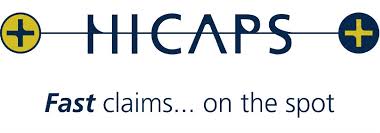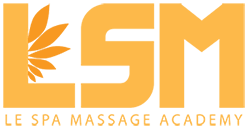What is Vietnamese Massage ?
Many Asian countries have their unique massage methods that have been used for hundreds of years, and so does Vietnam. Traditionally, Asian massage is not just a spa service, but also a medical treatment to help with aches and pains. The art of massage in Vietnam has extended outside the country, and now spas all over the world offer their own massage inspired by Vietnamese techniques.
What’s included in Vietnamese Massage ?
Massage in Vietnam can be compared to a deep tissue massage that many visitors might be more familiar with elsewhere in the world. Focused on muscles and tendons, pressure points are targeted based on the ancient Chinese philosophies. In particular, one purpose is to rebalance the spine’s chi – improving a person’s vital force. Therapists use a combination of their thumbs and knuckles to achieve just the right pressure and to target exactly the right spots.
With the combination of massage techniques including rubbing, squeezing, clawing, pressing, chopping and tapping, exerting pressure on the body to release muscle tension, this is a great form of pain relief therapy, helping one to relax, re-energize and rejuvenate. Not only does it help the muscles to contract and relax, putting pressure on acupuncture points help stimulate blood circulation and reduce the risk of blood clotting.
Many full body massage therapies around the world start at the feet and slowly work their way up the body. Massage in Vietnam begins on the back – usually the tensest part of the body that benefits from massage and pressure point therapy immediately. The massage then proceeds to the other parts of the body before finishing at the head and the multiple pressure points there. Even if you don’t opt for a full body massage, massages targeting certain parts of the body will also target other body parts. This is based on the belief that different parts of the body influence other areas, so Vietnamese massage takes on a holistic approach.
History of Vietnamese Massage ?
The Vietnamese style of massage is based on the ancient Chinese philosophies with the theory about chi and energy that we can affect by targeting pressure points through massage, acupuncture, and cupping therapy. Focused on working out knots in muscles through kneading techniques, the prime focus of Vietnamese massage is de-stressing the body.
What is the difference between Vietnamese and Thai Massage ?
The biggest differences between Thai massage and Vietnamese massage are the techniques used.
A Thai massage is focused more on various movements, yoga-like stretches, and in many cases, your masseuse will stand on your back and use their feet to apply additional pressure in target areas. That is why traditional Thai massage is not carried out on a table, as the masseuse stands on top of your body. Instead, it will be done on a mat on the floor, and with some safety handrails hanging from the ceiling or off the walls, your traditional Thai masseuse can optimise their weight displacement.
On the other hand, a Vietnamese massage will get you to lay on massage table. It can be compared to a deep tissue massage with the combination of massage techniques including rubbing, squeezing, clawing, pressing, chopping and tapping, exerting pressure on the body to release muscle tension, this is a great form of pain relief therapy, helping you to relax, re-energize and rejuvenate.
Another difference is with Thai massage, you will have more of an active role in your massage and learn some interesting stretches and poses whilst you are at it. The therapist can guide you to sit up, bend you knees or back, and in other words, you will “work” with the therapist at some points during the massage.
With Vietnamese massage, all you have to do is laying on the massage table and enjoy. In comparison, Thai massage targets on joints and muscles and helps you stretch, while Vietnamese massage targets on deep tissue and pressure points to help you get rid of pain and stiffnesses.
PRICE:
| 30 minutes | 45 minutes | 60 minutes | 90 minutes | 120 minutes |
| $85 | $105 | $119 | $165 | $205 |
We accept all health funds, including:


